
With a few clicks of a keyboard, a city begins to take shape amidst the Kuwait desert—a utopia of walkable streets, shade structures, and energy-efficient housing centered around a bustling business district that shines like a jewel in the night.
The city is South Sabah Al Ahmad. It will be home to 280,000 people across 24 square miles. While construction is underway, the vision for South Sabah Al Ahmad is fully realized thanks to an advanced design tool that enabled architects to intelligently plan an urban development that emphasizes sustainability.
The masterplan, part of Kuwait's Vision 2035, focuses on efficient transportation, with shaded routes for walking and cycling so residents can easily access amenities within their neighborhoods, reducing the reliance on cars.
To achieve this, urban designers Bruno Moser and Mateo Neira of Foster + Partners used ArcGIS CityEngine, an advanced 3D modeling tool, to conduct a connectivity analysis, which informed the placement of different land uses. High-connectivity areas were designated for the central business district, while educational, healthcare, and community facilities were strategically located to maximize accessibility and efficiency.
A bird’s-eye view of the city reveals a geometric pattern of streets—main streets providing regional connections, secondary streets linking neighborhoods, and local streets connecting to each building. The result is a city of short distances and less paved infrastructure, allowing more open spaces where people can connect and play.
Open spaces play a critical role in the masterplan, designed to improve air quality, reduce the urban heat island effect, and encourage social interactions. The goal is to ensure that every resident is within a 400-meter walking distance of a green space, creating a network of parks and public spaces that promote well-being and community engagement.
The iterative design process, involving collaboration among various design professionals, ensures that the city is resilient to the challenges posed by the local climate, such as high temperatures, sandstorms, and potential flash floods. Buildings are designed with sustainability in mind, incorporating shading structures and climate-responsive features to enhance livability.
Ultimately, Foster + Partners’ approach to urban design goes beyond aesthetics and functionality. It is about creating cities that are adaptable, resilient, and, most importantly, centered on the needs of the people who will live in them.
The South Sabah Al-Ahmad Masterplan represents a new paradigm in urban development that prioritizes sustainability, connectivity, and human well-being. Watch the video below to learn more about how Foster + Partners leveraged the latest in GIS software to build a sustainable city in the desert.
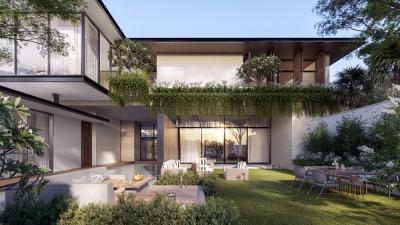
The News 10/11/2025
In the midst of the hustle and bustle of urban life, many Vietnamese families are looking for a different living space – where they can enjoy modernity without being far from nature. Tropical Modern villa architecture is the perfect answer to this need. Not only an aesthetic trend, this is also a smart design philosophy, harmoniously combining technology, local materials and Vietnam's typical tropical climate.
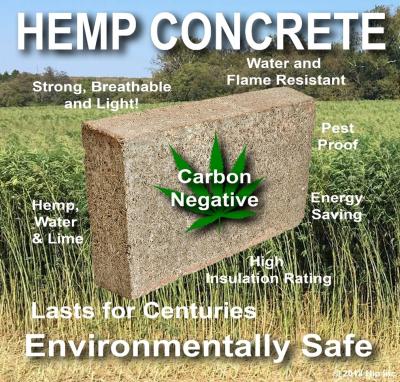
The News 25/10/2025
Hemp-lime (hempcrete) is a non-load-bearing covering material consisting of a hemp wood core (hemp shiv/hurd) combined with a lime-based adhesive, outstanding for its insulation – moisture conditioning – indoor environmental durability; in particular, IRC 2024 – Appendix BL has established a normative line applicable to low-rise housing, strengthening the technical-legal feasibility of this biomaterial.
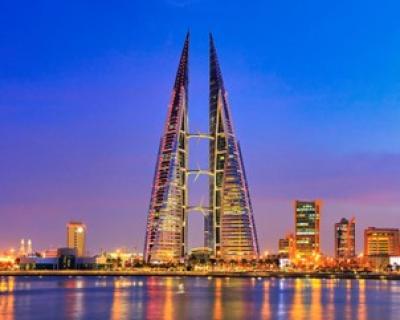
The News 11/10/2025
Amid rapid urbanization and global climate change, architecture is not only construction but also the art of harmonizing people, the environment, and technology. The Bahrain World Trade Center (BWTC)—the iconic twin towers in Manama, Bahrain—is a vivid testament to this fusion. Completed in 2008, BWTC is not only the tallest building in Bahrain (240 meters) but also the first building in the world to integrate wind turbines into its primary structure, supplying renewable energy to itself [1]. This article explores the BWTC’s structural system and design principles, examining how it overcomes the challenges of a desert environment to become a convincing sustainable model for future cities. Through an academic lens, we will see that BWTC is not merely a building but a declaration of architectural creativity.
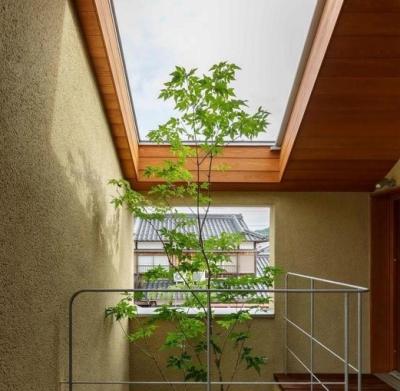
The News 04/10/2025
As buildings move toward net zero architecture and glare free daylighting, traditional glass façades reveal limitations: high thermal conductivity (~0.9–1.0 W/m·K), susceptibility to glare, and shattering on impact. In this context, transparent wood (TW) is emerging as a multifunctional bio based material: it offers high light transmission yet strong diffusion (high haze) to prevent glare, lower thermal conductivity than glass, and tough, non shattering failure. Recent reviews in Energy & Buildings (2025) and Cellulose (2023) regard TW as a candidate for next generation windows and skylights in energy efficient buildings. [1]
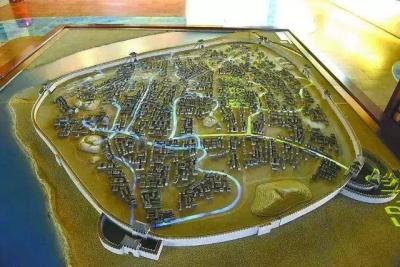
The News 27/09/2025
Urban flooding is one of the greatest challenges of the modern era, when sudden and unpredictable rainstorms can paralyze entire cities. Few would imagine that over a thousand years ago, people had already discovered a sustainable solution: the Fushougou drainage system in the ancient city of Ganzhou, Jiangxi. Built during the Northern Song dynasty, this project remains effective to this day, protecting the city from floods—even during historic deluges. The story of Fushougou is not only a testament to ancient engineering but also a valuable reference for today’s cities seeking answers to water and flooding problems.
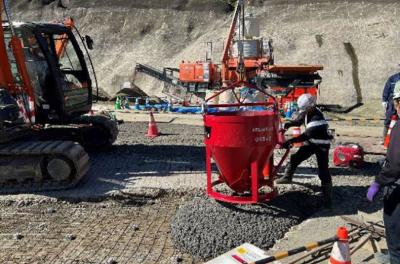
The News 20/09/2025
The construction industry is currently facing immense pressure to reduce carbon emissions, as concrete is not only one of the most widely used materials but also a major source of CO₂ due to its reliance on Portland cement. In response, Shimizu Corporation has conducted extensive research to develop sustainable material solutions aimed at achieving carbon neutrality. One of the most remarkable outcomes is carbon-negative concrete, which partially replaces cement and aggregates with biochar. This biochar is produced from sawdust through a carbonization process and has the unique ability to retain a significant amount of carbon that would otherwise be released into the atmosphere through natural decomposition or combustion. Thanks to this property, carbon-negative concrete not only maintains the necessary mechanical strength for construction but also directly contributes to reducing greenhouse gas emissions. This innovation is considered a promising step that opens new directions for the advancement of green construction in Japan and worldwide.